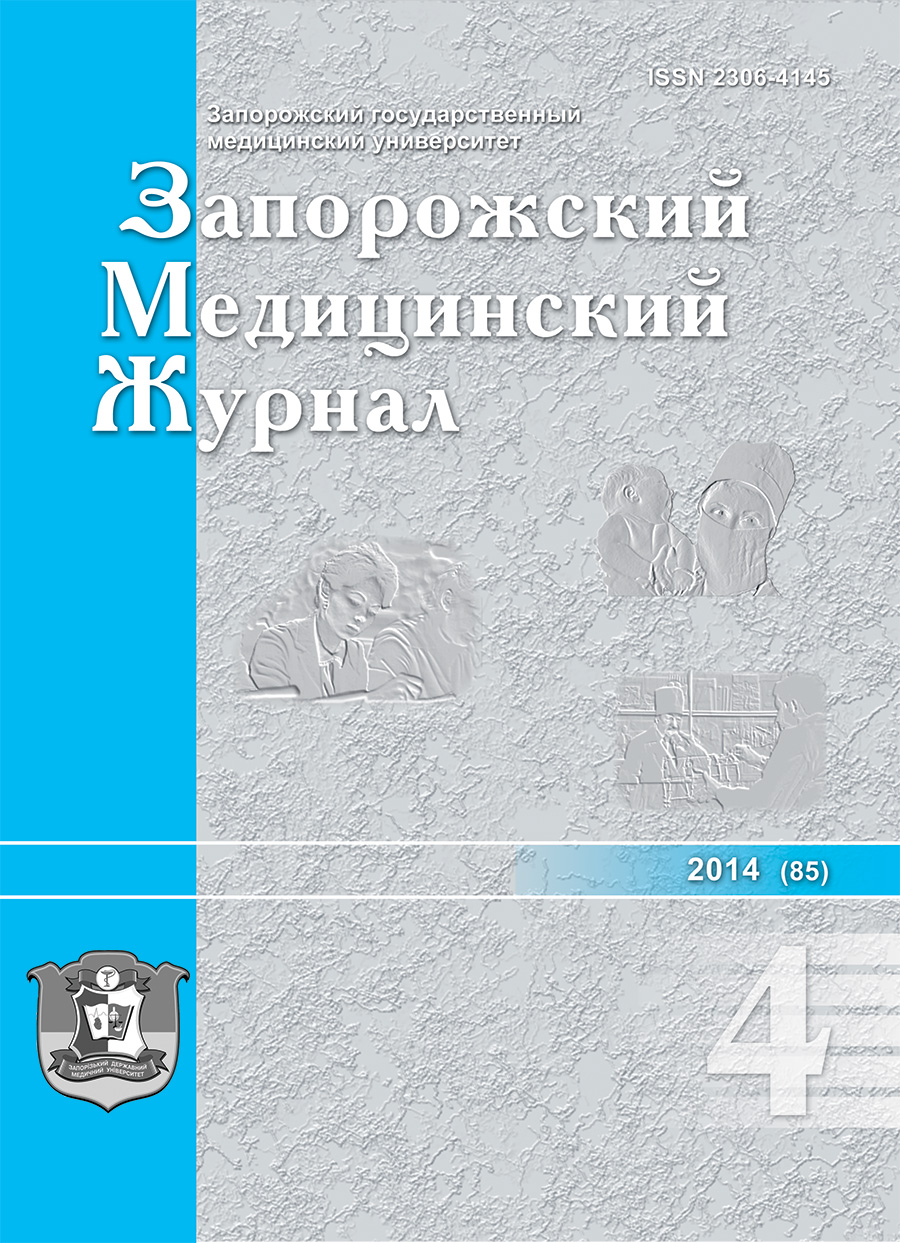Use of pectin in patients with diabetes mellitus type 2 in the complex treatment of the periodontal disease (report 2)
DOI:
https://doi.org/10.14739/2310-1210.2014.4.27458Keywords:
Rehabilitation, Periodontal Diseases, Treatment, Diabetes Melitus, Alternative TherapiesAbstract
Introduction. According the literature problem of the treatment of patients with periodontal tissues pathology, accompanied by diabetes mellitus, is serious and is not always successfully solved. Drugs that inhibit glucose absorption (polysugars) are effective in diabetes mellitus. "Pektodent" (Ukraine) applying in the treatment and prevention of chronic generalized periodontitis of II-III degree in patients with diabetes mellitus type 2 can be appropriate in this case.
The objective of this study was to develop technologies to ensure long-term rehabilitation in patients with diabetes mellitus after treatment of periodontal tissues.
Materials and methods. 45 patients with diabetes type 2 with chronic generalized periodontitis of II-III severity grade were under observation for 12 months. Patients were divided into two groups, control (n = 22) and primary (n = 23). Clinical, laboratory and X-ray methods were used. The results of the treatment process were evaluated on the 1st, 7th and 14th day of research. The results of the rehabilitation process were evaluated in 30 days after treatment, and after 3, 6, and 12-month studies. Feasibilities of rehabilitation technology were determined by assessment of the influence on diabetes type 2 pathogenesis, and chronic generalized periodontitis of II-III degree
Results and discussion. Endo-and exogenous application of "Pektodent" as a hygienic and prophylactic drug for oral use can significantly prolong remission period and reduce aggressive course as periodontitis and diabetes, normalizing blood pressure.
Conclusions.
1. Pektodent" application in the treatment of periodontal tissues may provide long-term rehabilitation in patients with diabetes.
2. Rehabilitation period indicators in patients with diabetes mellitus type 2, such as a capillary glucose level in blood plasma, blood pressure, and impressive appearance of the lactobacilli that decrease Candida in the mouth were signs of quality treatment of generalized periodontitis of II-III degree.
References
Bokarev, I. N., Velikov, V. K., & Shubina, O. I. (2006) Sakharnyj diabet. Rukovodstvo dlya vrachey [Diabetes guidelines for physicians]. Moscow: MIA. [in Russian].
Kolb, V. G., & Kamyshnikov, V. S. (1982) Spravochnik po klinicheskoj khimii [Handbook of Clinical Chemistry]. Minsk. [in Belarus].
Kіnakh, M. V., Lutsyk, B. D., & Zakharіia, K. A. (2004) Laboratorna dіahnostyka zakhvoriuvan, yakі peredaiutsia statevym shliakhom [Laboratory diagnosis of diseases that are transmitted sexually]. Lviv: Misioner. [in Ukrainian].
(2002) Nakaz MOZ Ukrainy Pro zatverdzhennya normatyvіv nadannya medichnoi dopomogi ta pokaznykіv yakostі medichnoї dopomogi - rozdіl garantіynі zabovyazannya. vіd 28 hrudnia 2002 roku № 507. [in Ukrainian].
Pavlenko, O. V. Skrypnykov, P. M., Shylenko, D. R., Pluzhnyk, A. V., Kucenko, V. A., Bugorkov, I. V., & Drogomyretska, M. S. (2009) Pryvatna stomatologіchna praktyka: yurydychnі, ekonomіchnі, fіnansovі, oblіkovі, ta sotsіalnі aspekty v stomatolohii [Privacy dental practice: juridical, economic, financial, accounting, and social aspects of dentistry]. Kyiv: Chervona Ruta-Turs. [in Ukrainian].
Colombo, A. N., Silva, C. M., & Pucher, A. (2004) Identification of oral bacteria associated with crevicular epithelial cells from chronic periodontinis lesions. Current Diabetes Reports, 4(1), 46–50.
Downloads
How to Cite
Issue
Section
License
Authors who publish with this journal agree to the following terms:
Authors retain copyright and grant the journal right of first publication with the work simultaneously licensed under a Creative Commons Attribution License that allows others to share the work with an acknowledgement of the work's authorship and initial publication in this journal. 
Authors are able to enter into separate, additional contractual arrangements for the non-exclusive distribution of the journal's published version of the work (e.g., post it to an institutional repository or publish it in a book), with an acknowledgement of its initial publication in this journal.
Authors are permitted and encouraged to post their work online (e.g., in institutional repositories or on their website) prior to and during the submission process, as it can lead to productive exchanges, as well as earlier and greater citation of published work (See The Effect of Open Access)





